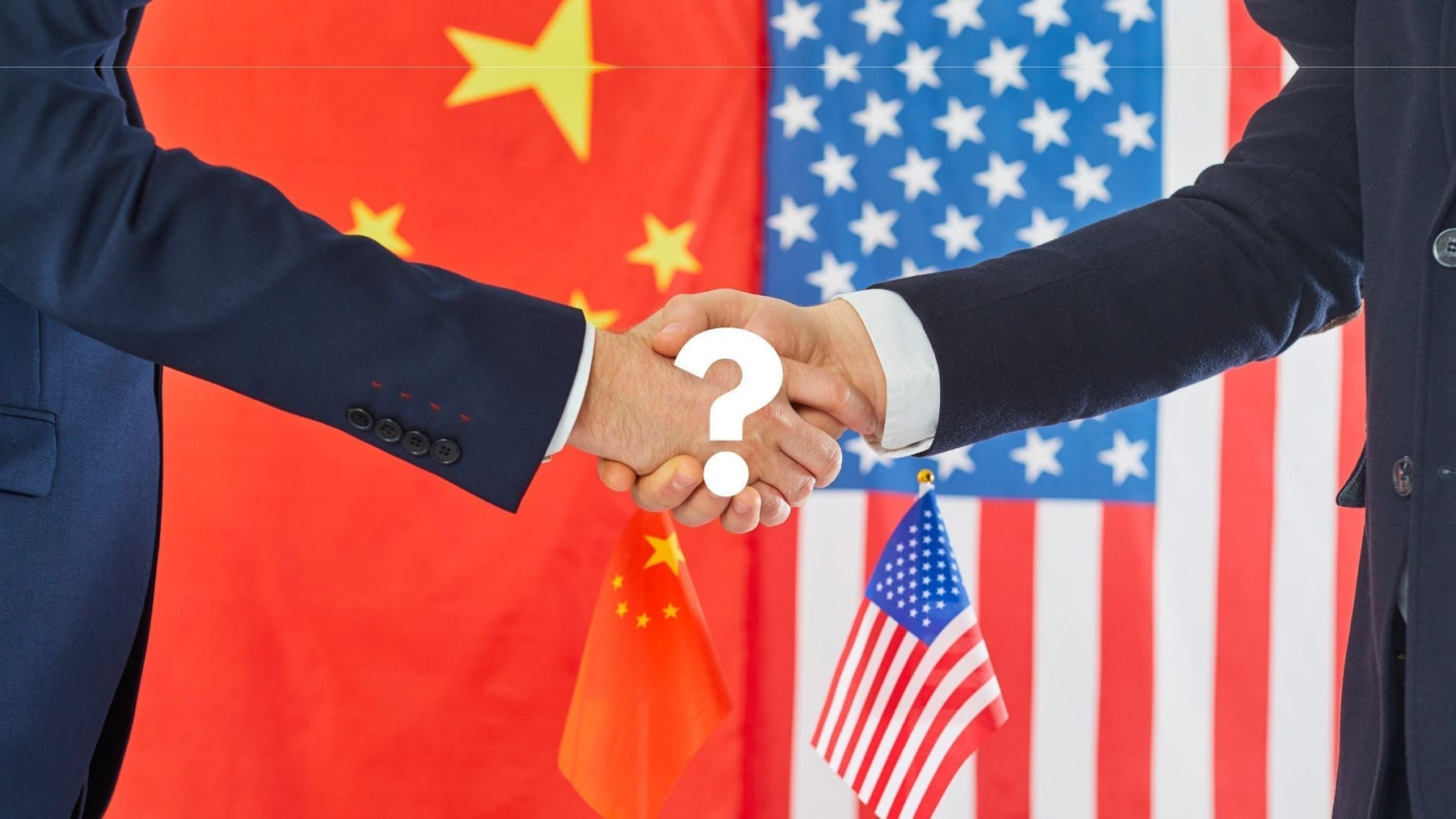
Economic Impact of 2025 U.S. Import Tariffs on Disposable Gloves
Introduction: A New Era of Trade Pressure

In the recent weeks, President Trump has announced sweeping import tariffs on disposable nitrile gloves, targeting some of the largest exporting nations. These tariffs vary by country, with China seeing the most significant increase—up to 104%.
While this article focuses specifically on disposable gloves, the broader economic impact of these new tariffs is far beyond PPE and gloves. Tariffs on imported goods increase the cost of doing business in the United States, triggering price hikes across multiple sectors—from medical supplies to electronics to industrial equipment. Globally, they can distort trade flows, strain international partnerships, and shift production patterns. For the U.S. economy, it often translates to inflationary pressures for businesses and consumers alike. The resulting cost shifts have already begun to ripple across industries such as manufacturing, industrial operations, automotive service providers, law enforcement, farming, and even gaming facilities that depend on imported goods.
This isn’t the first time tariffs have shocked the PPE supply chain. In 2018–2019, similar trade policies under the Trump administration led to rising costs in steel, aluminum, and certain medical goods. However, 2025 marks the first time gloves and general-use PPE have been singled out for such steep duties.
The difference now is scale and specificity: a 104% tariff on nitrile gloves is not a negotiating threat — it’s a real cost that’s already impacting U.S. importers. The move signals a broader decoupling from Chinese manufacturing and is prompting many procurement managers to rethink long-term supplier relationships, not just short-term prices.
This article explores the economic implications of these tariffs and outlines effective strategies for high-volume glove buyers to minimize costs and maintain supply continuity.
Global Cost Comparison: Tariff Breakdown by Country

|
Country |
Tariff Rate |
Est. FOB Cost/Case |
Tariff Cost |
Total Landed Cost |
|
China |
104% |
$17.00 |
$17.68 |
$34.68 |
|
Vietnam |
46% |
$21.00 |
$8.28 |
$26.28 |
|
Thailand |
36% |
$21.00 |
$6.84 |
$25.84 |
|
Indonesia |
32% |
$21.00 |
$6.08 |
$25.08 |
|
India |
26% |
$21.00 |
$4.68 |
$22.68 |
|
Malaysia |
24% |
$21.00 |
$5.04 |
$26.04 |
|
USA |
0% |
$30.00 |
$0.00 |
$30.00 |
These updated FOB prices reflect the most realistic export costs from glove-producing countries, showing how the total landed costs are influenced not just by tariff rates but by base manufacturing costs as well. For example, despite a relatively low tariff, Malaysian gloves remain more expensive than some others due to higher initial production costs.
To further illustrate the ripple effect, let’s consider the broader trend: As suppliers from countries like China become less competitive due to tariffs, demand begins shifting to Vietnam, India, and Malaysia. This shift increases demand-side pressure on their factories, causing longer lead times and secondary price hikes even in low-tariff zones. Buyers face a shrinking window of opportunity to secure cost-effective alternatives.
Supply Chain Disruption: Why Glove Prices Are Rising

The sharp increase in tariffs, especially on Chinese gloves, has significantly raised the landed cost of goods. With distributors passing these costs onto buyers, end-users such as medical institutions, police departments, automotive shops, and food processors are already feeling the pressure.
Interestingly, even with higher tariffs, China remains a viable source for most buyers due to its low FOB prices. In contrast, Malaysia’s higher base prices can offset its moderate tariff advantage. This dynamic forces buyers to evaluate both base costs and duty rates.
It is also important to recognize that glove production is still recovering from global supply chain disruptions that began during the COVID-19 pandemic. Many factories in Southeast Asia are facing labor shortages and raw material volatility, making consistent pricing and delivery even more unpredictable.
Mitigation Strategies for Buyers

- Diversify Suppliers
- Lock In Prices
- Secure long-term contracts at current pricing before tariffs are fully passed down
- Source from lower-tariff countries like India, Indonesia, and Vietnam.
- Establish buffer inventory agreements to lock rates while ensuring availability.
- Bulk Purchasing: Stockpiling now can hedge against short-term price increases and potential shortages.
- Audit Usage
- Reduce waste and optimize glove usage among staff in sectors such as law enforcement, manufacturing, and healthcare.
- Conduct internal reviews to ensure correct glove types are used for appropriate tasks, eliminating overuse of premium gloves in low-risk scenarios.
- Evaluate Alternatives in cooperation with glove market subject matter experts
FAQ: Common Buyer Concerns
- Q: Will prices continue rising?
- A: Most likely — yes. If current inventories run low and replacement stock comes from high-tariff countries, prices will reflect that. Domestic and low-tariff imports are in high demand and may soon increase too.
-
Q: Should I switch suppliers now?
A: It depends on your volumes and current contracts. But evaluating alternative sources — especially those with U.S. inventory — is wise. -
Q: Are U.S.-made gloves immune to this?
A: U.S.-made gloves are not affected by import tariffs directly, but their pricing is not entirely insulated. Because raw materials and components often originate from countries facing high tariffs, domestic producers may also face rising input costs. Additionally, increased demand for tariff-free domestic options may drive U.S. manufacturers to raise their prices. It’s also worth noting that U.S.-made gloves still make up only a small fraction of the overall glove supply in the market.
Final Thoughts: Preparing for a Higher-Cost Future

The 2025 glove tariffs are a wake-up call for every industry that depends on disposable gloves. For law enforcement agencies, farming operations, industrial warehouses, automotive facilities, and healthcare institutions, the need to adapt procurement strategies is immediate.
Beyond the glove market, these developments signal a broader trend in global sourcing and procurement. Businesses must now approach purchasing with a strategic mindset—balancing cost, reliability, and geopolitical risk. In a world of shifting trade policies, those who prepare early will not only protect their margins but gain a competitive edge.
By acting now—diversifying supply sources, negotiating smart contracts, and managing usage wisely—businesses and institutions can weather the tariff storm without sacrificing operational integrity or safety.

Leave a comment